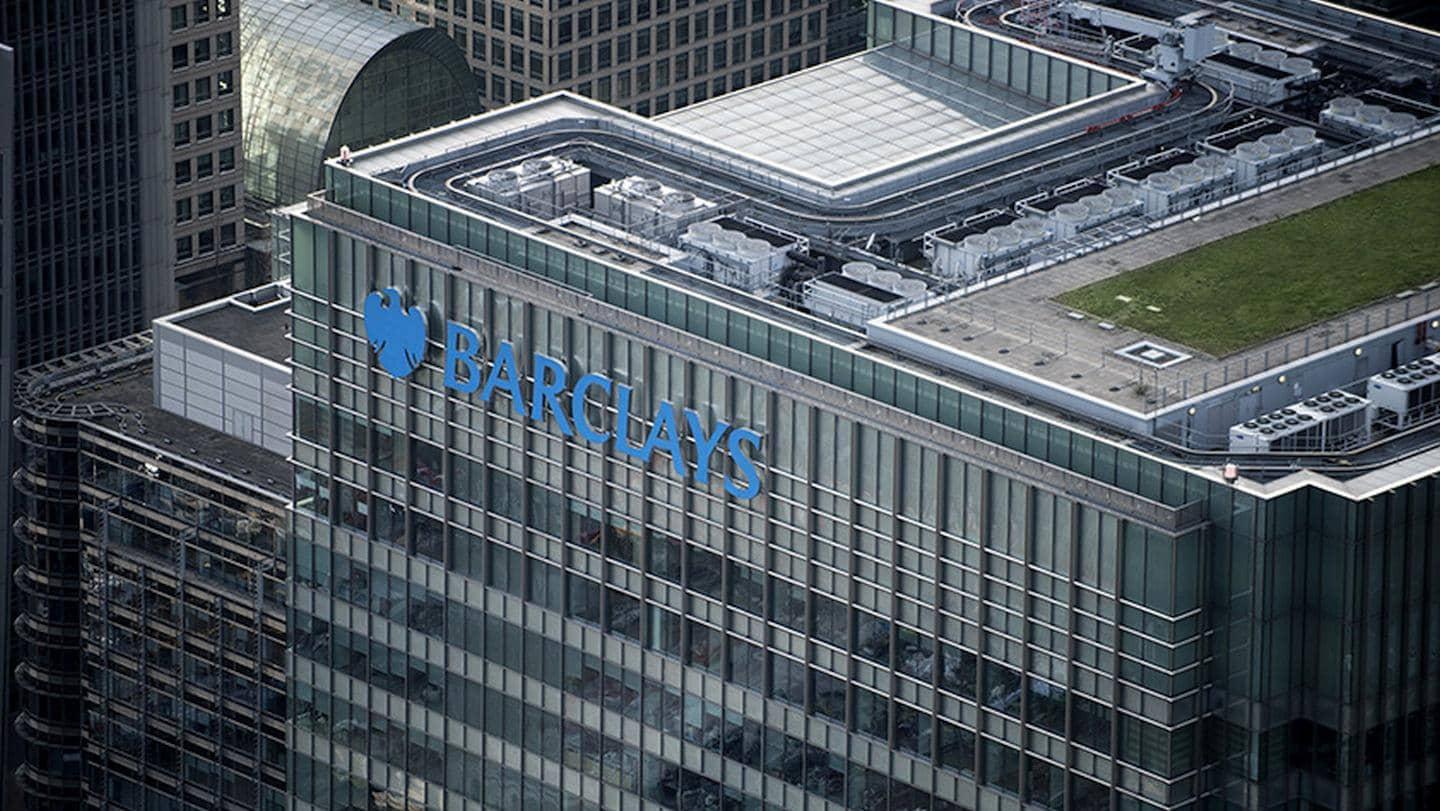
Barclays responds to Rainforest Action Network, 'Banking on Climate Chaos' Report
Barclays is financing an energy sector in transition – an activity requiring significant capital. While doing so, our financed emissions for the Energy and Power sectors have reduced by 44% and 26% respectively, between 2020 and 2023.
We have stringent policies on thermal coal power and mining, including a commitment to phase out lending to clients involved in thermal coal by 2030 for OECD countries and 2035 in the rest of the world and we do not finance oil sands producers. Earlier this year we also announced we no longer provide project finance or direct finance to energy groups for new oil and gas fields.
We sought to engage the Rainforest Action Network (RAN) about their methodology prior to the report publication. We do not recognise the classification or attribution of some transactions. For example, RAN appears to be attributing finance raised for national companies involved in UK grid decarbonisation as fossil fuel finance.
Full and transparent disclosures on our financing to high-emitting sectors, including fossil fuels, and on our progress in reducing our financed emissions are published in our Annual Report (p.285, p.287 & P.87).
In the absence of their full methodology, it appears that the figures in this report capture all general corporate finance provided to a company and attribute it based on their revenue streams, not on the transaction’s use of proceeds or the company’s actual investment activity.
In response to the analysis in the ‘Banking on Climate Chaos’ report:
1. Barclays’ fossil fuel financing increased between 2022 and 2023.
- Barclays is financing an energy sector in transition – an activity that requires significant capital. We have publicly stated we are targeting our capital and resources to those clients actively engaged in the energy transition.
- Our financed emissions for the Energy sector have decreased by 44% between 2020 and 2023, exceeding both our 2025 and 2030 targets.
- The emissions intensity of our Power portfolio also fell by 26% between 2020 and 2023, with 17% achieved last year – against our near-term target of a 30% reduction by 2025.
2. Barclays was the largest European financier of fossil fuels in 2023, and on a cumulative basis since 2016.
- According to RAN’s analysis, our fossil fuel financing has fallen by 26% since 2020, when we established our climate commitment.
- Barclays is a global bank; our position relative to other banks reflects this, the size of our balance sheet, and our historic energy and power business.
- Barclays is financing an Energy sector in transition – an activity requiring significant capital.
- Our financed emissions for the Energy and Power sectors have reduced by 44% and 26% respectively, between 2020 and 2023.
- Investment is needed to support existing oil and gas assets, while clean energy is scaled.
3. Barclays is the largest European financier of coal, increasing its coal mining and coal power financing in 2023.
- Barclays’ position relative to other banks reflects the size of our balance sheet, our US power franchise and historic energy and power business.
- We have stringent policies on thermal coal power and mining, including a commitment to phase out lending to clients involved in thermal coal by 2030 for OECD countries and 2035 in the rest of the world.
- Barclays does not finance any pureplay thermal coal companies. We do not provide financing to companies that generate more than 30% of their revenues from thermal coal mining, or 50% from thermal coal power.
- It appears that RAN’s methodology attributes financing to coal mining for diversified companies mining critical transition minerals, for example, lithium and copper.
- Without the opportunity to review the full methodology behind RAN’s analysis, we can’t comment on the accuracy of their figures.
4. Barclays’ financing for fracking increased in 2023.
- Barclays is financing an energy sector in transition. Reserves with shorter lead times remain an important part of near-term energy supply in the International Energy Agency’s NZE scenario.
- Shale projects, from fracking, typically have a short production cycle, so they can start production within months of an investment decision.
- We recognise the risks of greater environmental and social impacts from fracking and conduct enhanced due diligence on clients engaged in fracking.
- Barclays’ absolute financed emissions for the Energy sector reduced by 44% between 2020 and end of 2023, exceeding our 2030 target.
5. Barclays financing for gas power increased in 2023.
- Investment is needed to support existing assets, while clean energy is scaled.
- Barclays is financing an energy sector in transition for a stable, reliable and affordable energy supply.
6. Barclays provided over $1bn to Tar Sands in 2022
- We sought to engage RAN on their methodology and analysis prior to the report’s publication. We do not recognise the classification or attribution of some transactions.
- We do not provide financing to Oil Sands exploration and production companies, and we do not provide direct financing wholly or primarily for new Oil Sands projects.
- We will also not provide general corporate purposes financing that is specified as being wholly or primarily for the construction of new Oil Sands exploration, production, processing assets or pipelines.
7. Barclays continues to finance Arctic Oil and Gas.
- We do not provide direct financing for Arctic Circle oil and gas projects, or to companies materially engaged in oil and gas in the Arctic Circle.
- We do not provide financing to clients with ancillary oil & gas businesses in the Arctic Circle where proceeds are known to be for supporting new oil & gas exploration, production or new pipeline transportation projects in the Arctic Circle.